Warranties in home repair and maintenance act as a safety net for homeowners, protecting investments against unforeseen post-service issues. They foster trust by clearly outlining expectations between service providers and customers, covering repairs for specified durations under defined conditions. From comprehensive parts and labor warranties to specialized guarantees on high-risk systems, these tools offer tailored protection. Homeowners benefit from peace of mind knowing that issues will be addressed within specified periods at no extra cost or with discounts. However, understanding exclusions, reading terms carefully, and choosing a reputable provider are crucial for optimal coverage and avoiding voiding or disputes.
Warranties on repairs and services are a crucial component of customer assurance in the home repair and maintenance industry. They offer peace of mind, guaranteeing that your investment in maintaining or repairing your home is protected. This article delves into the importance of warranty coverage, different types available for various home repairs, what’s typically included (and excluded), how to choose the right one, understanding the claims process, and avoiding common pitfalls when engaging with warranty services.
- Understanding the Importance of Warranty Coverage
- Types of Home Repair Warranties
- What's Included and Excluded in a Typical Warranty
- Choosing the Right Warranty for Your Needs
- Claims Process and Customer Rights
- Common Mistakes to Avoid When Dealing with Warranty Services
Understanding the Importance of Warranty Coverage
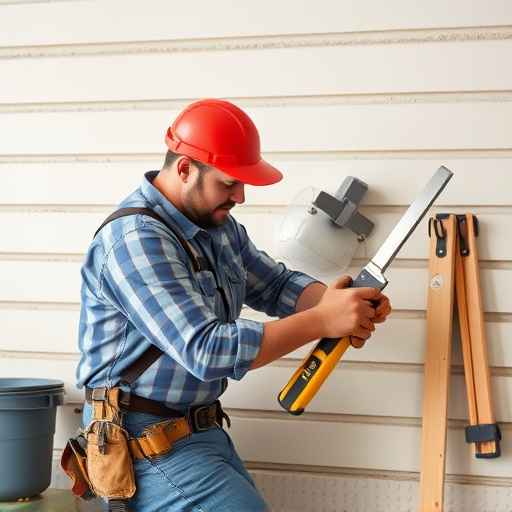
In the realm of home repair and maintenance, a warranty on repairs and services serves as a crucial safety net for homeowners. It provides assurance that their investments in maintaining or repairing their properties are protected against unforeseen issues that may arise post-service. This is particularly important given the varying quality of materials and workmanship in the industry. A robust warranty ensures customers aren’t left with costly repairs or replacements out of pocket, fostering trust and satisfaction.
Warranties offer peace of mind by outlining clear expectations and responsibilities between the service provider and the customer. They specify what is covered, for how long, and under what conditions, eliminating ambiguity. This transparency encourages professionals to uphold higher standards of work, knowing that their services are subject to scrutiny and potential future claims. For homeowners, it means they can confidently proceed with repairs, knowing that their homes are in capable hands and any potential issues down the line are addressed promptly.
Types of Home Repair Warranties
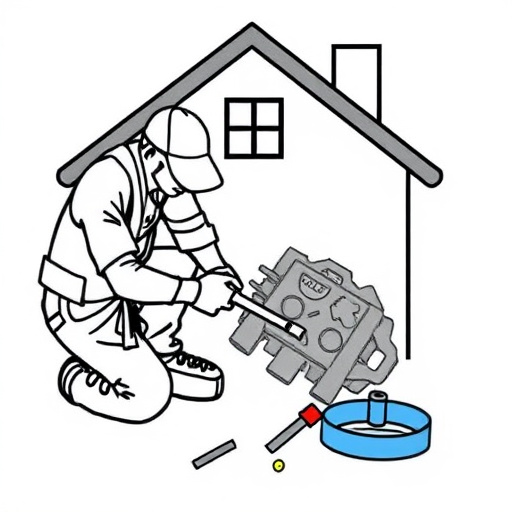
When it comes to home repair and maintenance, warranties play a pivotal role in ensuring customer satisfaction and building trust. There are several types of warranties designed to cover different aspects of residential repairs, each offering specific benefits tailored to homeowners’ needs. One common type is the parts and labor warranty, which covers both the materials required for repairs and the skilled work performed by professionals. This comprehensive approach guarantees that if any issues arise within a specified period, homeowners can receive free or discounted repairs, enhancing peace of mind.
Additionally, some warranties focus on specific home systems like plumbing, electrical work, or roofing. These specialized warranties are ideal for addressing common problems in these areas, providing targeted coverage for high-risk components. For instance, a plumbing warranty might cover the replacement of faulty pipes or fixtures, while an electrical warranty could include repairs for short circuits or outdated wiring. Such specific guarantees offer homeowners added security, knowing that critical home systems are protected against unexpected failures.
What's Included and Excluded in a Typical Warranty
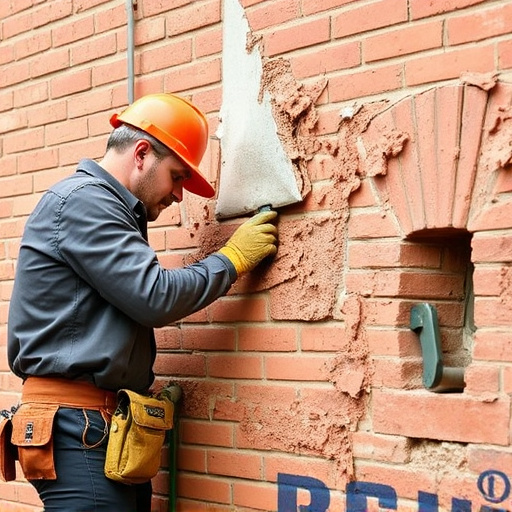
When it comes to home repair and maintenance, understanding a warranty is crucial for customer assurance. A typical warranty includes a comprehensive range of services and repairs related to the specific product or service purchased. This often covers labor costs, replacement parts, and sometimes even travel expenses if the work needs to be done at your location. For instance, a warranty on home appliances might include free repair visits for malfunctions within the warranty period, ensuring peace of mind for homeowners.
However, there are certain aspects that are generally excluded from warranties. These exclusions vary across providers but commonly include damages caused by misuse or negligence, normal wear and tear, and issues arising from third-party modifications. For example, a home repair service warranty might not cover repairs if the damage was self-inflicted or if previous work was done without their authorization. It’s essential to read and understand the terms of a warranty to know what is covered and what isn’t in your specific situation regarding home repair and maintenance.
Choosing the Right Warranty for Your Needs
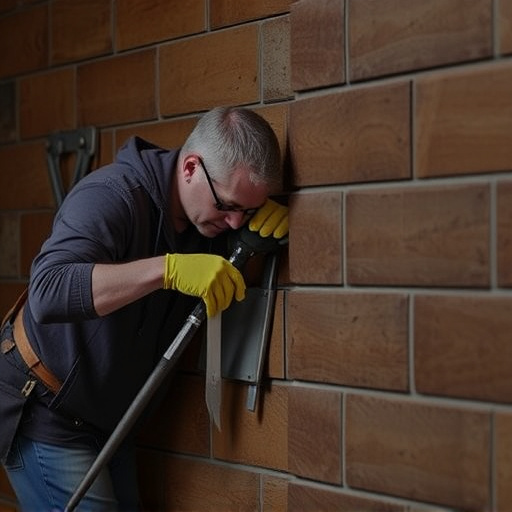
When it comes to home repair and maintenance, choosing the right warranty is crucial for customer assurance. It’s important to consider not only the cost but also the scope of coverage. A comprehensive warranty should protect against both major and minor issues that may arise during repairs or services. Look for warranties that offer long-term coverage, include parts replacement, and have a reputable provider with positive reviews.
This ensures that you’re not left stranded with unexpected repair costs in the future. By understanding what’s covered and what’s excluded, you can make an informed decision that aligns with your home’s specific needs. A well-chosen warranty provides peace of mind, knowing that your investment in home maintenance is protected.
Claims Process and Customer Rights
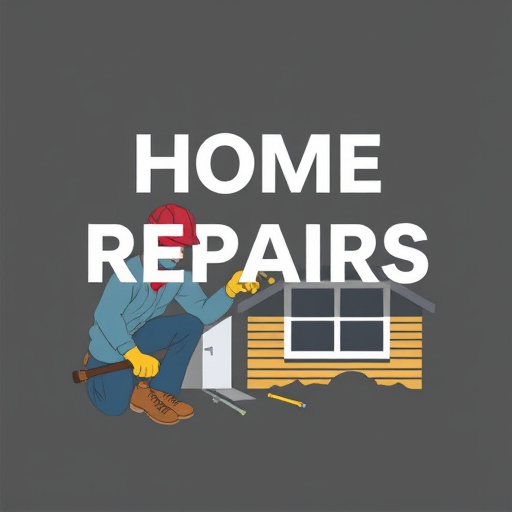
When it comes to home repair and maintenance, a well-defined claims process is vital for customer assurance. Customers should be provided with clear, step-by-step guidelines on how to file a claim, including the necessary documentation and timeframes. This transparency builds trust and ensures a smooth experience even during inconvenient situations.
Understanding one’s rights as a consumer is equally important. Customers have the right to expect timely responses, fair evaluations, and accurate repairs. Clear communication about the expected resolution time and potential costs prevents misunderstandings. A transparent claims process, coupled with a deep respect for customer rights, can significantly enhance satisfaction levels in home repair and maintenance services.
Common Mistakes to Avoid When Dealing with Warranty Services
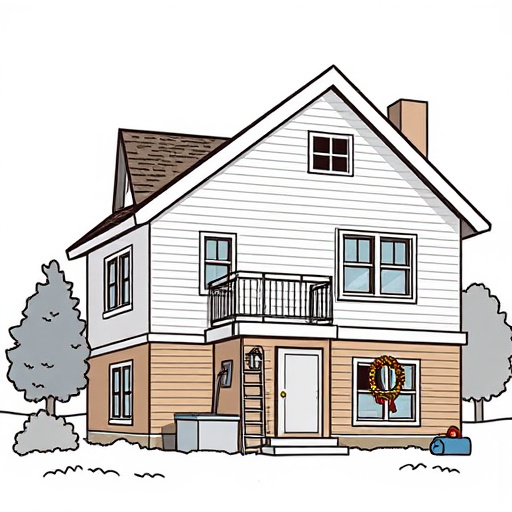
When dealing with warranty services for home repair and maintenance, homeowners often make mistakes that can void their coverage or lead to misunderstandings. One common error is waiting too long to report an issue; many warranties require prompt notification within a specified period after the service or repair. Ignoring this clause can result in delays in getting issues resolved under the warranty.
Another mistake is not keeping detailed records of all maintenance and repairs, including dates, descriptions, and costs. These documents are crucial for tracking warranty claims and providing proof of attempted remedies before formal complaints. Homeowners should also avoid assuming that all services covered under the warranty will be free; while many basic repairs fall under warranty, optional upgrades or non-standard issues may require out-of-pocket expenses.
When it comes to home repair and maintenance, a warranty acts as a safety net for homeowners. By understanding your rights, the coverage offered by different types of warranties, and how to navigate the claims process, you can ensure that your investment in repairs is protected. Remember, choosing the right warranty tailored to your needs is key to avoiding costly surprises and fostering peace of mind.
